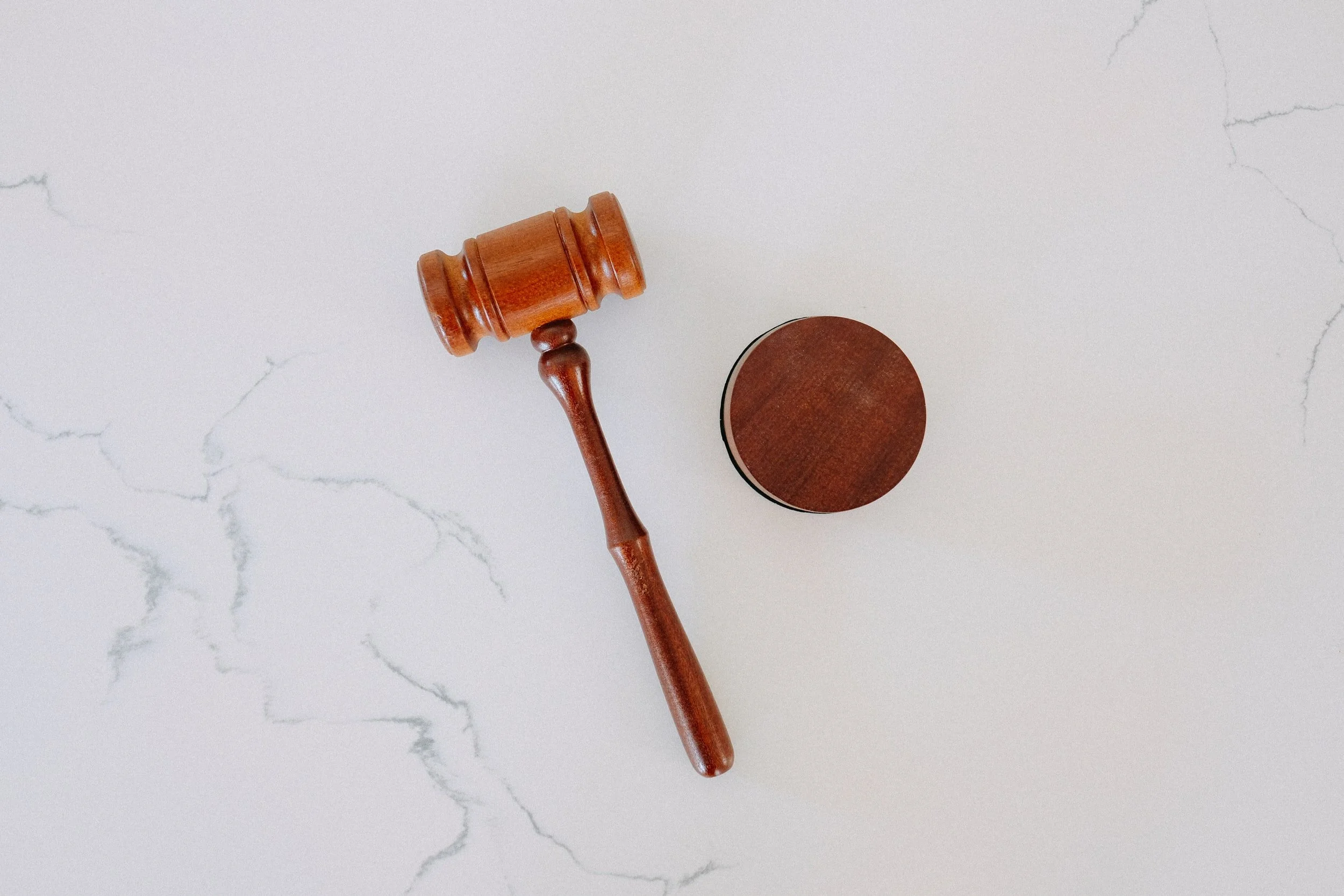Judging Sotomayor: Do Only Women and People of Color Have Personal Biases?
Is Judge Sotomayor the only judge with personal biases?
The Senate confirmation hearings of Supreme Court nominee Judge Sonia Sotomayor are coming to a conclusion. Sotomayor, who graduated with honors from Princeton University and Yale Law School, has served as a prosecutor, trial judge and appellate judge in the Second Circuit Court of Appeals. According to the White House, "If confirmed, Sotomayor would bring more federal judicial experience to the Supreme Court than any justice in 100 years." If confirmed Sotomayor would also become the first Latina Supreme Court justice and only the third woman justice in the history of the Court. In spite of her unimpeachable record as a jurist and her enviably calm demeanor during the hearing process, Republican Senators and conservative pundits continue to raise this alarm: Sotomayor may not be able to put aside her personal biases and apply the law objectively. A second concern articulated in the hearings is that Sotomayor has a problematic "temperament." Attorneys have referred to her as a bully on the bench a comment seldom used to describe male jurists through the confirmation process.
This is not the first time that a woman or a person of color stands accused of lacking objectivity in contrast to the presumably cool heads of white men. Thurgood Marshall was confirmed four decades ago as the first African American Supreme Court Justice. During his confirmation hearings he was asked whether he was biased against white people in the south. Needless to say, the two most recently confirmed justices, Samuel Alito and John Roberts, did not face questions about presumed personal biases and supposed lack of objectivity resulting from their identities as white men. Not being interrogated about your identity is one of the privileges of being in the dominant group.
Social psychological research helps us understand the operation and origins of such double standards when it comes to judging people based on gender and ethnicity. Along with Gabriel Smith, at the University of Chicago, I conducted a study on students' preconceptions of professors based on professors' gender, ethnicity, and teaching style. We created a course syllabus that varied according to whether the professor was a woman or man, an Anglo or Latina/o, and a strict or lenient teaching style. We asked students to read one syllabus and respond to questions about the course and the professor. We found that students judge the same qualities of professors quite differently depending on whether the professor is a woman or man, a Latina/o or Anglo, and strict or lenient. For instance, Latina professors who taught with a lenient teaching style were viewed most favorably by students compared with white professors with the same teaching style. However, Latina professors with strict teaching styles were viewed the most negatively compared to all other combinations. In other words, students unfairly punished Latinas with strict teaching styles (indeed, saw them as bullies), while they were neutral towards white men with the exact same style conveyed in the exact same syllabus. Thus students' ratings of Latinas were contingent on their teaching style, whereas students' ratings of Anglos and men were not. Students appeared to be receptive to Latina professors as long as they were lenient in their teaching style-flexible, indulgent, and compassionate. When Latina professors had strict teaching styles-stern, rigorous, and authoritarian--they penalized them relative to professors who were white men.
Our study suggests that people have a set of expectations about Latina women that, when violated, produce hostile responses. People do not seem to have the same set of expectations for white men. Would the lawyers who called Judge Sotomayor a bully have the same reaction to an assertive or aggressive white judge? Would the Senators questioning Sotomayor hold male nominees to the same standards of congeniality and temperament? Our research suggests they would not.
My colleague Melinda Kanner, at the University of Houston-Downtown, and I recently completed a study again using a course syllabus to detect students' preconceptions of professors. This time we created a syllabus for a human sexuality course. One version of the syllabus contained biographical information about the professor indicating that the professor was a lesbian or gay man, while another version indicated the professor was a heterosexual. Other than the difference in biographical information, the syllabuses were identical. Students read one version of the syllabus and rated the professor and course on a variety of dimensions. There was one important difference. Students believed that lesbian and gay professors would approach the course with a "political agenda" and would be "too opinionated" compared to heterosexuals. Again, the syllabuses were exactly the same with only the biographical information different. Students believed that lesbian and gay professors bring political baggage to the subject, that their political biases would get in the way of their ability to teach the course objectively. In contrast, heterosexual professors-with the exact same syllabus--were viewed as bias free.
Could the senators questioning Sotomayor believe she has personal and political biases simply because she is not a white man? Our research suggests, yes.
These two studies demonstrate that those in the minority, whether they are women, people of color, or LGBT, are viewed as lacking objectivity, as having a political agenda and letting their personal views affect their teaching (or their judicial decisions). Heterosexual white men are seen as the epitome of rationality and reasonableness. In truth, no one can leave their personal experiences, lenses and politics at the courtroom door. Neither can scientists conduct research independent of their biases and beliefs. In some of her comments, Sonia Sotomayor indicates that she understands (accurately) that the way judges interpret judicial information is informed by training, political point of view, experience, and the law. How can one even attempt to separate their biases from their decisions when they refuse to believe they have any biases?
